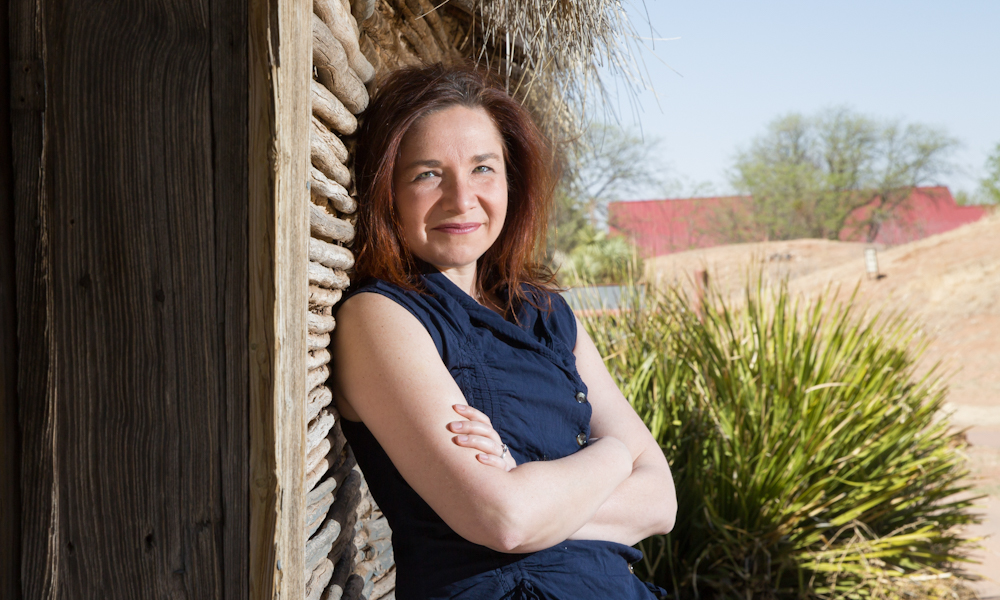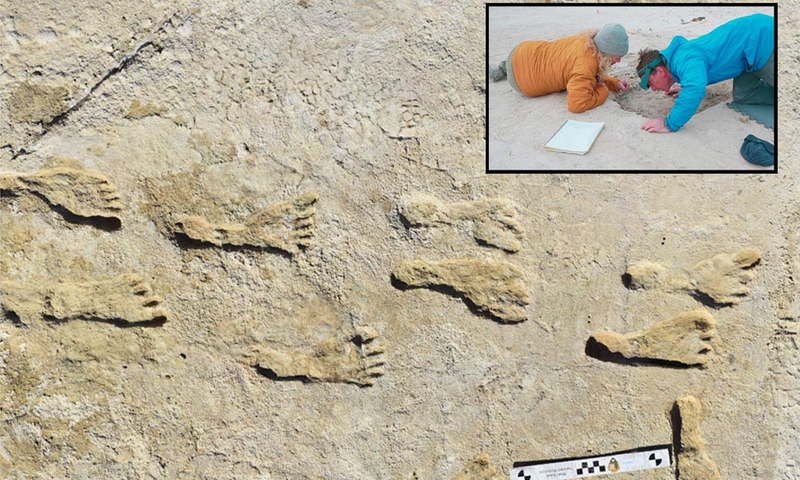'The Challenge of Stationarity in Quantifying Future Climate Impacts'
| Location: | |
| Ticket Info: | Free |
| Questions: |
Professor of Biology
Director of Global Health
Coordinator, Anderson Science Program
Coordinator, Ronneberg Lecture Series
|
Denison University’s Department of Earth & Environmental Science and the Anderson Lecture Series welcomes Katharine Hayhoe, atmospheric scientist from Texas Tech University, presenting a lecture “The Challenge of Stationarity in Quantifying Future Climate Impacts.”
Much of our society, including our agriculture, our dependence on natural resources, and our infrastructure, is built on an assumption that is rarely explicit in future planning: that individual weather events and average conditions may vary from year to year, but over the long term the climate of a given region can be predicted based on past climate “normals”. This assumption is no longer valid; today, human-induced climate change is altering average conditions as well as the risk of many types of weather extremes.
Observed trends and projected future changes in mean climate and in the frequency and severity of temperature extremes, heat waves, heavy precipitation events, coastal flooding, and storms are clearly documented in the Third U.S. National Climate Assessment, as well as by a host of other regional impact assessments. While future projections are inherently uncertain, these assessments make one fact clear: future planning for any sector or region affected by climate change that fails to take into account long-term trends will end up with the wrong answer.
This concept of non-stationarity, that future climate will differ from that experienced in the past, challenges regional planners, water managers, city managers and engineers to incorporate future climate change into present-day planning. From the perspective of scientists, translating climate projections into information that can be used by stakeholders and decision-makers presents a challenge of equal magnitude.
Here, I draw on my experience working with the agriculture, ecosystem, energy, health, infrastructure, insurance, and water sectors to propose a framework for, and highlight some of the main challenges inherent to, incorporating climate information into practical, on-the-ground planning at the local to regional scale. This approach, which we have developed through working with a range of cities, states, and regions including Austin, Cambridge, California, Chicago, Delaware, the Northeast, and most recently Washington DC, is based on identifying known vulnerabilities within the systems of interest, and developing appropriate information compatible with existing planning mechanisms to ensure the relevance and utility of the climate information for increasing resilience and reducing vulnerability to climate risks.
Hayhoe is an atmospheric scientist from Texas Tech University whose research focuses on understanding what climate change means for people and the places where we live. She is the Chief Scientist for The Nature Conservancy and a Horn Distinguished Professor and Endowed Professor of Public Policy and Public Law in the Department of Political Science at Texas Tech University. Her book, “Saving Us: A Climate Scientist’s Case for Hope and Healing in a Divided World,” was released in 2021 and she also hosts the PBS digital series Global Weirding, currently in its fifth season. Hayhoe has been named one of TIME’s 100 Most Influential People, the United Nations Champion of the Environment, and the World Evangelical Alliance’s Climate Ambassador.
In her talk, “The Challenge of Stationarity in Quantifying Future Climate Impacts,” Hayhoe discusses the concept of non-stationarity, or the idea that future climate will differ from that experienced in the past. She draws on her experience working with the agriculture, ecosystem, energy, health, infrastructure, insurance, and water sectors to propose a framework for, and highlighting some of the main challenges inherent to, incorporating climate information into practical, on-the-ground planning at the local to regional scale. This framework was developed through work with numerous cities, states, and regions and is based on identifying known vulnerabilities within the systems of interest, and developing appropriate information compatible with existing planning mechanisms to ensure the relevance and utility of the climate information for increasing resilience and reducing vulnerability to climate risks.
Hosted by the Department of Earth & Environmental Science
Supported by the Anderson Endowment & Ronneberg Endowment

